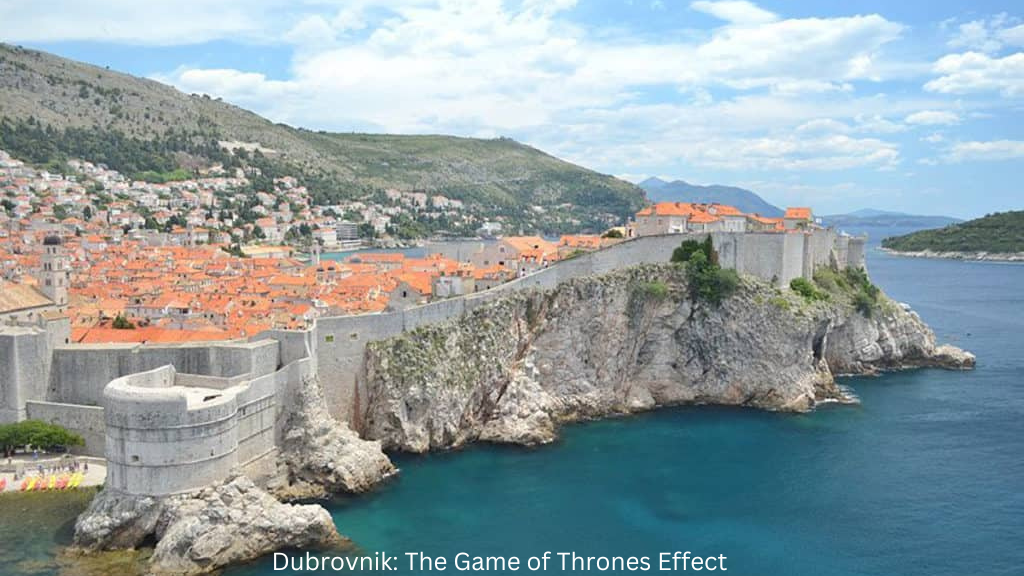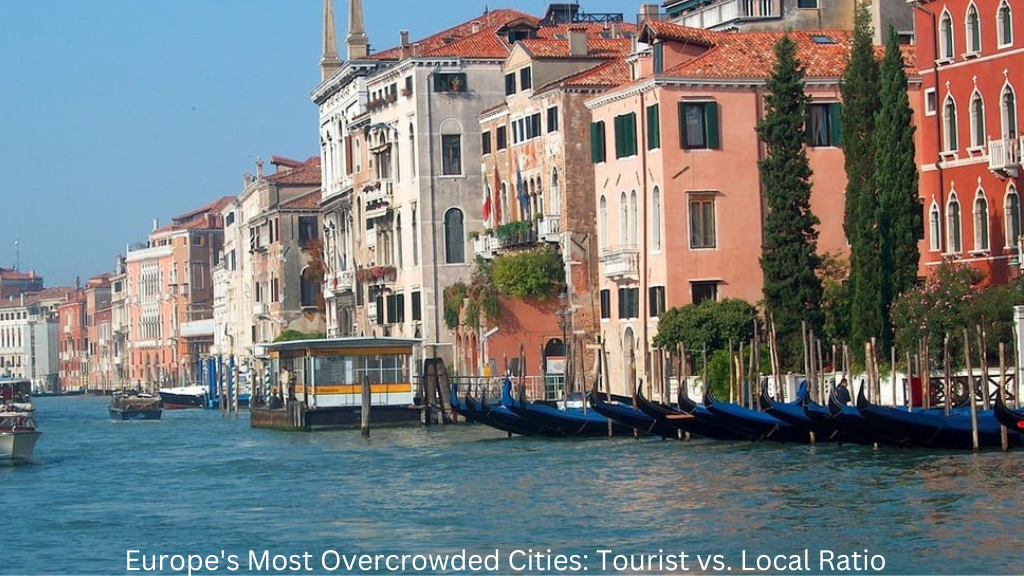Europe is a continent rich in history, culture, and stunning architecture. Each year, millions of tourists flock to its cities to experience these wonders firsthand. However, this influx of visitors can often lead to overcrowding, significantly impacting the quality of life for locals. In this blog, we will explore some of Europe’s most overcrowded cities, focusing on the ratio of tourists to locals and the effects of this imbalance.
1. Venice: Struggling Under the Weight of Tourism
Venice, often referred to as the “City of Canals,” is one of the most visited cities in Europe. This floating city, with its romantic gondola rides and historic architecture, attracts millions of tourists each year. However, Venice’s small population of around 50,000 residents is dwarfed by the number of visitors it receives.
The Tourist-Local Ratio in Venice
In peak seasons, the number of tourists in Venice can exceed the local population by a ratio of 30:1. This overwhelming presence of visitors has led to significant challenges for the city, including increased pollution, wear and tear on historic sites, and rising living costs for locals. The high tourist-to-local ratio has also resulted in many Venetians moving away, further reducing the local population.
2. Barcelona: Balancing Tourism and Local Life
Barcelona is another European city that faces significant overcrowding due to tourism. Known for its stunning architecture by Antoni Gaudí, vibrant culture, and beautiful beaches, Barcelona attracts millions of tourists annually. However, this popularity comes at a cost.
The Impact of Tourism on Barcelona
The tourist-to-local ratio in Barcelona is particularly high during the summer months, with some estimates suggesting a ratio of 6:1. This influx of visitors has led to increased rental prices, making it difficult for locals to afford housing. Additionally, the crowded streets and noise have sparked protests among residents who feel their quality of life is being compromised. The city has implemented measures to manage tourism, but the challenge remains significant.
3. Dubrovnik: The Game of Thrones Effect

Dubrovnik, a picturesque city on Croatia’s Adriatic coast, has seen a surge in tourism, partly due to its use as a filming location for the popular TV series “Game of Thrones.” While this has boosted the city’s economy, it has also led to severe overcrowding.
Dubrovnik’s Tourist Influx
During the summer months, Dubrovnik can experience a tourist-to-local ratio of 10:1. The city’s small population of around 40,000 is overwhelmed by the number of visitors, leading to congestion, increased pollution, and strain on local resources. The local government has introduced measures to limit the number of tourists, including reducing the number of cruise ships that can dock each day, but the impact of tourism on the city remains a concern.
4. Amsterdam: Managing the Crowds
Amsterdam is famous for its canals, museums, and liberal culture, making it a top destination for tourists. However, the city’s popularity has led to overcrowding, particularly in the city center. The local government has taken steps to manage the influx of visitors, but the challenge persists.
Amsterdam’s Approach to Tourism
Amsterdam’s tourist-to-local ratio can reach as high as 4:1 during peak tourist seasons. This has led to issues such as increased litter, noise pollution, and pressure on public transport. In response, the city has implemented measures such as restricting new hotel developments in the city center and promoting less-visited areas to tourists. Despite these efforts, managing the balance between tourism and local life remains a complex issue for Amsterdam.
Balancing Tourism in Europe’s Cities
The issue of overcrowding in Europe’s most popular cities is a growing concern for both locals and tourists. While tourism brings economic benefits, it also presents significant challenges in terms of infrastructure, housing, and quality of life for residents. Cities like Venice, Barcelona, Dubrovnik, and Amsterdam are taking steps to address these issues, but finding the right balance remains a difficult task. As travelers, it is important to be mindful of the impact our visits can have and to support sustainable tourism practices that help preserve these beautiful cities for future generations.



